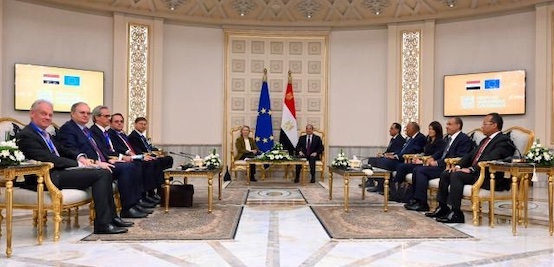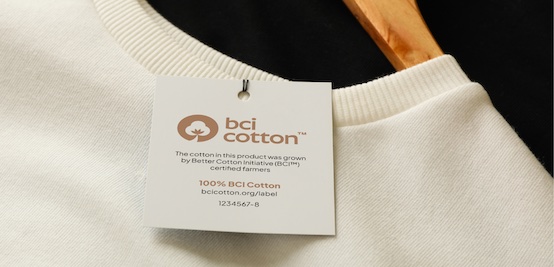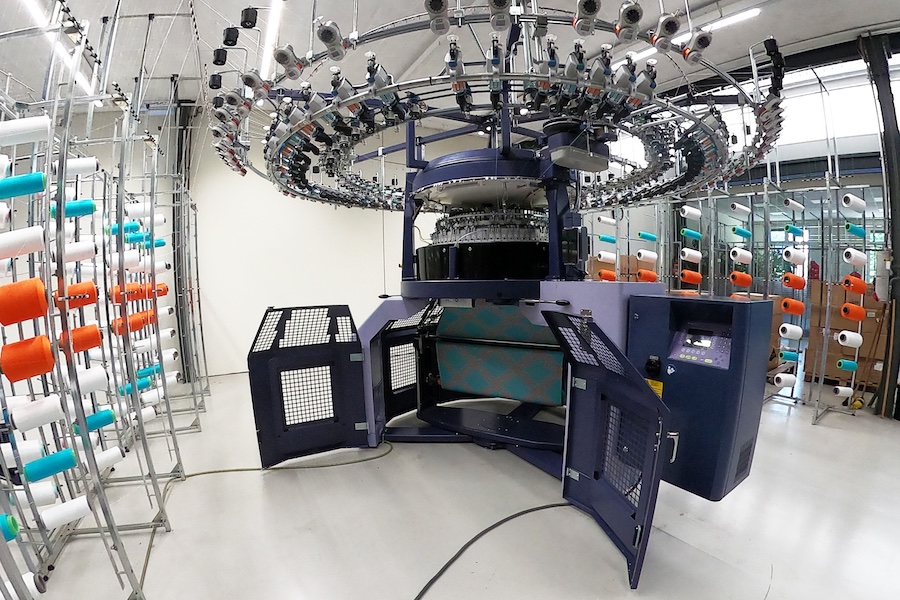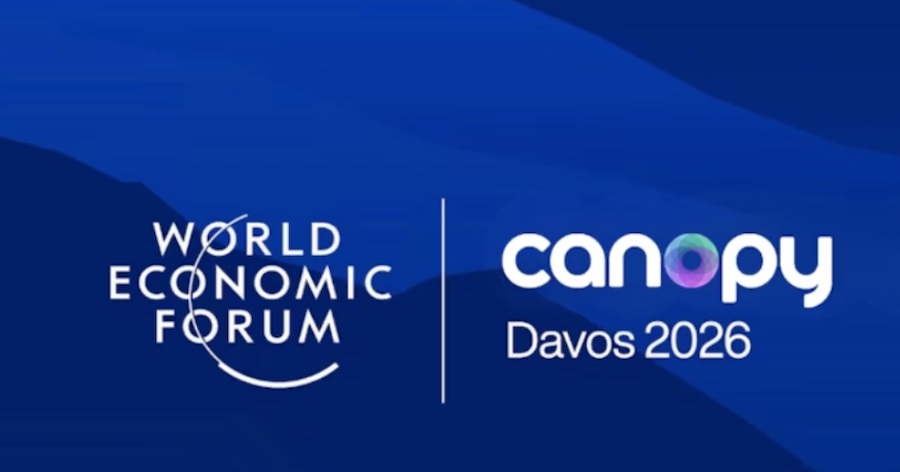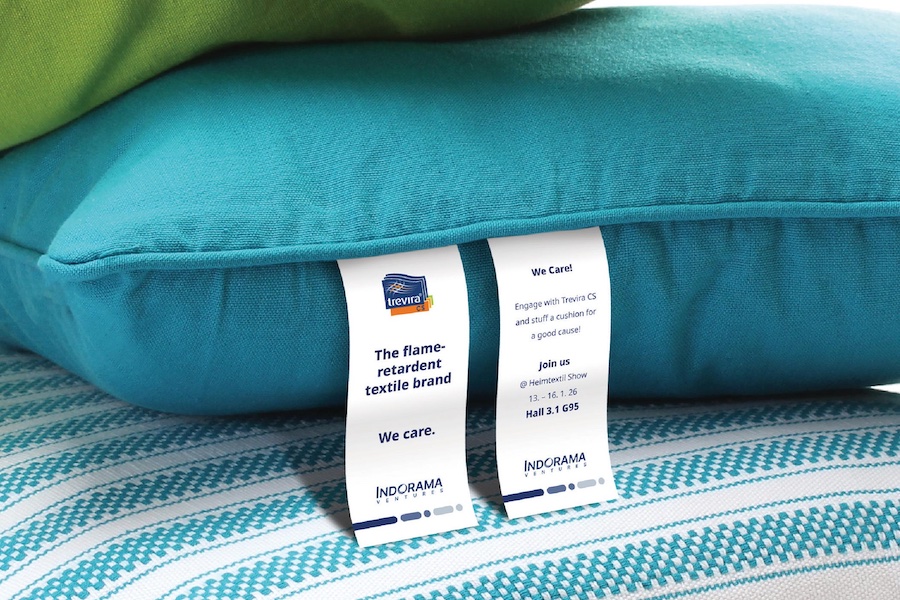#Retail & Brands
adidas with robust growth in the third quarter as macroeconomic challenges increase
Major developments:
- Currency-neutral sales up 4%, reflecting continued double-digit growth outside Greater China
- Double-digit growth in e-commerce in EMEA, North America, and Latin America
- Gross margin down 1.0pp to 49.1% as price increases were more than offset by increased supply chain costs, higher discounting, and an unfavorable market mix
- Operating profit of € 564 million reflecting an operating margin of 8.8%
- Net income from continuing operations of € 66 million negatively impacted by several one-off costs totaling almost € 300 million as well as extraordinary tax effects in Q3
- Impact from termination of adidas Yeezy partnership incorporated into 2022 outlook
Currency-neutral revenues grow 4% in the third quarter
In the third quarter, adidas’ currency-neutral revenues increased 4%. While the company experienced high-single-digit top-line growth during the first two months of the period, deteriorating traffic trends in Greater China as well as slowing consumer demand in major Western markets weighed on the revenue development in September. In addition, the company’s decision to suspend its own operations in Russia at the end of Q1 significantly reduced revenues by more than € 100 million during the third quarter, particularly impacting the company’s direct-to-consumer (DTC) business. In euro terms, the company’s revenues grew 11% to € 6.408 billion in the third quarter (2021: € 5.752 billion).
From a channel perspective, the company’s top-line development was driven by growth in DTC where currency-neutral sales grew 6% year-on-year. Excluding Russia/CIS, revenues in the company’s own distribution channels were up at a double-digit rate, reflecting the successful sell-through of adidas’ products. Within DTC, the company’s e-commerce revenues increased 8% driven by strong double-digit increases in EMEA, North America, and Latin America. Wholesale revenues during the quarter (+3%) were impacted by inventory takebacks of more than € 200 million in Greater China reflecting the company’s initiatives to clean up the full-price channel and clear excess inventory through its own factory outlets.

From a category perspective, revenue growth was the highest in adidas’ strategic growth categories Football and Running, both growing at strong double-digit rates. In Football, the jersey launches ahead of the FIFA World Cup 2022 fueled consumer excitement prior to the tournament. Revenues in Running were driven by the latest iterations of adidas’ successful running franchises, including Adizero and Supernova, which both grew more than 50% during the quarter. On the Lifestyle side, the further scaling of the successful Forum and Ozweego franchises led to strong double-digit growth for both product families. At the same time, additional highly limited drops as part of the Gucci and Balenciaga partnerships continued to spark excitement around the adidas brand.
From a regional perspective, revenue growth was driven by the company’s Western markets and APAC, which combined continued to grow at a double-digit rate (+12%). In EMEA, revenues grew 7% despite the loss of revenue in Russia/CIS of more than € 100 million. Revenues in North America increased 8% during the quarter driven by a double-digit increase in the company’s DTC channel. In APAC and Latin America, revenue growth accelerated compared to Q2, reaching 15% and 51% respectively, year-on-year. In contrast, the company’s top-line development in Greater China continues to be severely impacted by the challenging market environment, mainly related to the ongoing covid-19-related restrictions. While the company’s own retail revenues in Greater China increased 7% in the third quarter reflecting a robust sell-out, the significant product takebacks reduced the company’s sell-in and resulted in a revenue decline of 27% for the market as a whole during the three-month period.
Operating profit of € 564 million reflects operating margin of 8.8%
adidas’ gross margin in the third quarter declined by 1.0 percentage points to 49.1% (2021: 50.1%) as the broad-based price increases and favorable currency effects were offset by the strong increase in supply chain costs, reflecting significantly higher product costs and freight expenses. In addition, higher discounting as well as a less favorable market mix weighed on the gross margin development. Other operating expenses grew 20% to € 2.676 billion (2021: € 2.237 billion) during the quarter. The majority of this increase was driven by the previously announced one-off costs and currency movements. In addition, investments into the brand, its products, the company’s digital capabilities as well as into the consumer experience contributed significantly to this development. As a percentage of sales, other operating expenses were up 2.9 percentage points to 41.8% (2021: 38.9%). Marketing and point-of-sale expenses grew 2% to € 691 million (2021: € 674 million). During the quarter, the company launched several new products such as its second Sportswear collection, the second drop of the collaboration with Gucci, the latest iteration of its successful ‘Adizero’ running franchise ‘Adizero Adios Pro 3’ as well as the federation kits for the FIFA World Cup. In addition, adidas continued to invest into the experience across both its physical and digital platforms with several new store openings, including in Rome, Barcelona, and Mexico City, as well as further improvements of its membership program ‘adiClub’. As a percentage of sales, marketing and point-of-sale expenses decreased 0.9 percentage points to 10.8% (2021: 11.7%). Operating overhead expenses with € 1.985 billion were 27% above the prior year level (2021: € 1.562 billion). As a percentage of sales, operating overhead expenses increased to 31.0% (2021: 27.2%). The company’s operating profit reached a level of € 564 million (2021: € 672 million), reflecting an operating margin of 8.8% (2021: 11.7%). The company’s net income from continuing operations was € 66 million in the quarter (2021: € 479 million). This amount differs from the preliminary figure published on October 20, 2022, due to negative tax implications in the third quarter related to the company’s decision to terminate the adidas Yeezy partnership. This negative tax effect will be fully compensated by a positive tax effect of similar size in Q4. Basic earnings per share from continuing operations were € 0.34 in the third quarter (2021: € 2.34).
The bottom-line development during the quarter reflects several one-off costs totaling almost € 300 million on the net income level. The majority of these costs reflect the company’s decision to wind down its business operations in Russia. In addition, non-recurring costs related to accelerated cash pooling in high inflationary countries, a recently settled legal dispute as well as higher provisions for customs-related risks also had an adverse effect on gross profit, operating overheads as well as financial and tax expenses in the quarter.
Currency-neutral revenues on prior year level in the first nine months of 2022
In the first nine months of 2022, revenues increased 1% on a currency-neutral basis driven by double-digit growth in North America and Latin America as well as high-single-digit growth in EMEA. In euro terms, revenues grew 8% to € 17.306 billion (2021: € 16.096 billion). The company’s gross margin decreased by 1.5 percentage points to 49.7% (2021: 51.2%) during the first nine months of 2022. Higher supply chain costs and the less favorable market mix weighed on the gross margin development. These negative effects were partly offset by price increases as well as favorable currency movements. Other operating expenses increased 16% to € 7.435 billion (2021: € 6.391 billion). As a percentage of sales, other operating expenses were up 3.3 percentage points to 43.0% (2021: 39.7%). adidas generated an operating profit of € 1.393 billion (2021: € 1.920 billion) during the first nine months of the year, resulting in an operating margin of 8.0% (2021: 11.9%). Net income from continuing operations reached € 736 million (2021: € 1.369 billion), reflecting one-off costs occurred in the third quarter of the year totaling almost € 300 million. Accordingly, basic earnings per share from continuing operations were € 3.83 (2021: € 6.87).
Average operating working capital increases to 22.2%
Inventories increased 72% to € 6.315 billion (2021: € 3.664 billion) at September 30, 2022. On a currency-neutral basis, inventories were up 63% versus the prior year. While this development also reflects slower consumer demand in major Western markets since the beginning of September, the majority of the increase is driven by higher product and freight costs, a different order pattern as a result of longer lead times within the company’s supply chain as well as lower prior year comparables due to last year’s impact from the factory lockdowns in Vietnam. Oper






